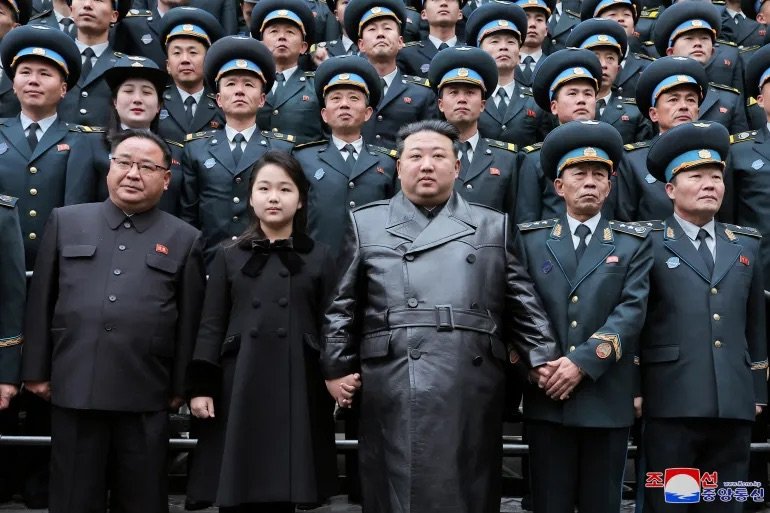The Growing Threat of North Korea
Photo Credit: KCNA via Reuters via Al Jazeera
On Feb. 13, South Korea’s military claimed to have detected missiles fired from North Korea into the sea in its fifth weapons test since January. These included the testing of the country’s first solid-fuel intermediate-range ballistic missile (IRBM) on Jan. 14. Cruise missiles are designed to be highly maneuverable, similar to small airplanes.
According to a report by North Korea’s official Korean Central News Agency, the purpose of the Jan. 14 launch was to verify the reliability of the solid-fuel engines in the missile, as well as the capabilities of the hypersonic warhead with regard to maneuverability in flight. The report described the test as a success but provided few details.
The missile flew around 1,000 km before landing in the sea between Japan and the Korean Peninsula, according to South Korea’s Joint Chiefs of Staff.
North Korea’s existing IRBMs, including the Hwasong-12, which may be capable of reaching the US military hub of Guam, use liquid-fuel engines. These types of engines are fueled up before launch and are incapable of staying fueled for long. Missiles with built-in solid propellants are easier to move and conceal, and can be prepared for launch more quickly.
Chang Young-keun, a missile expert at South Korea’s Research Institute for National Strategy, said that “in particular, a hypersonic missile with IRBM-level range would be an effective mean for evading U.S. missile defenses and striking Guam,”
Because of the increase in weapons demonstrations, tensions within the Korean Peninsula have reached the highest peak in years, according to CBS News. The US and its allies Seoul and Tokyo, responded to this by strengthening their combined military exercises, while also sharpening their nuclear deterrence strategies.
On Jan. 15, at a meeting of the Supreme People's Assembly, North Korea’s rubber stamp parliament, Kim restated that the country did not believe in the Northern Limit Line. The line was drawn up at the end of the 1950–53 Korean War by the US-led UN Command. Kim ordered the rewriting of the North Korean constitution to declare South Korea the country’s top hostile foreign enemy.
North Korea seems to have abandoned its longtime objective of reuniting with the South. On Jan. 24, days after an announcement that reunification was no longer possible, the North Korean government demolished the Arch of Reunification, a monument that symbolized hope of reconciliation with South Korea.
In recent months, concerns have spread as both North and South Korea have taken actions that breached the 2018 military agreement which instituted no-fly zones and border buffers to reduce border tensions.
Recent intelligence reports from Washington reveal a deepening bond between North Korea and Russia. North Korea has supplied ballistic missiles fired by Russia at Ukrainian targets and the two nations have been involved in high-level diplomatic meetings. The Korean National News Agency (KCNA), North Korea’s state news apparatus, has reported that Russian President Vladimir Putin has agreed to visit Pyongyang in the near future. Such a trip would be Putin’s first visit in over two decades.
A North Korean delegation led by Choe Sun Hui, the nation’s foreign minister, arrived in Moscow on Jan. 14 at the invitation of the Russian Foreign Minister, according to KCNA.
The Biden administration has been following these developments closely. National Security Adviser Jake Sullivan broached the issue with Chinese counterparts during a recent meeting, indicating growing apprehension over the implications for regional dynamics. Of particular concern to the United States is the potential for North Korea to leverage its ties with Russia to diminish its reliance on China. This could embolden Pyongyang in its nuclear testing activities.
While some observers argue that North Korea's actions do not signal an imminent conflict, concerns persist regarding its missile development program and the possibility of further nuclear tests. Improved solid fuel technology enhances North Korea's ability to conceal and maneuver its missiles, heightening fears of accidental launches.

